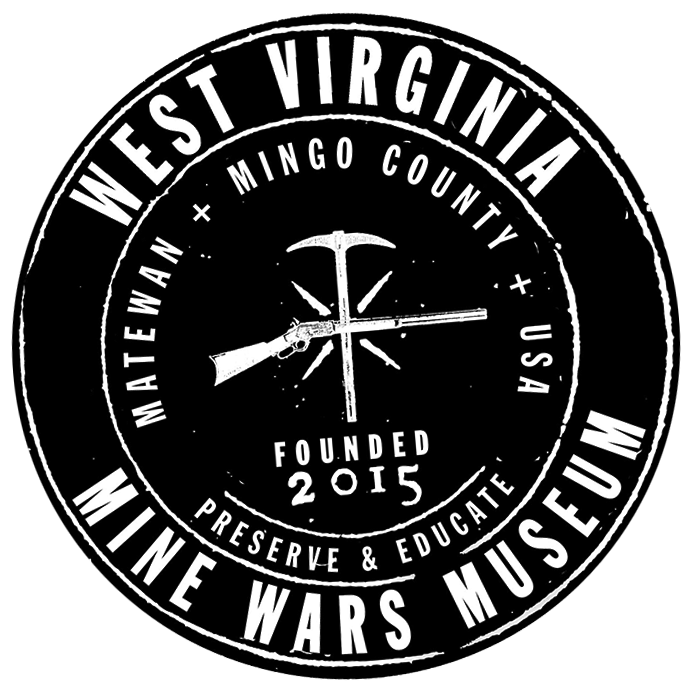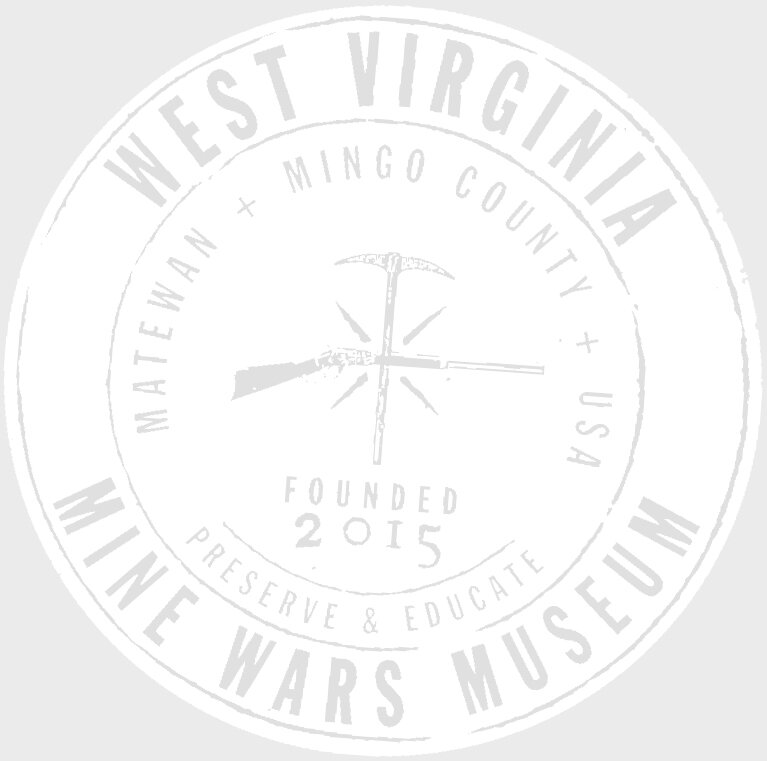School and Group Tours
“My students still talk about how surprised they were because of their stereotypical views of what miners thought, and did, and talked about, and how different it actually was.”
Looking for a captivating and educational field trip idea? Bring history to life for your students with a visit to the West Virginia Mine Wars Museum in Matewan. As you step through our doors, you're not just entering a museum; you're embarking on a journey through time.
Beginning with an insightful history of coal from ancient times, your tour will unveil the discovery of coal in West Virginia, setting the stage for a tale of struggle and resilience. Witness the evolution of coal mining and the profound impact of industrialization, starting from the significant Paint Creek/Cabin Creek Strikes of 1912-13 in eastern Kanawha County, leading up to the political impacts of World War I.
The journey then leads into the Bloody Mingo exhibit. Here, history is palpably close as you gaze through the museum windows, overlooking the streets of Matewan where a shootout happened just a little more than 100 years ago. Continue the exploration from the Miner’s rally in Charleston to the march into Logan County, where you’ll witness the unfolding of the Battle of Blair Mountain, culminating with the treason trials in the eastern panhandle of West Virginia.
Our collection not only showcases artifacts but narrates stories: scrip, pay statements, mining caps, historic firearms, and more. Engage your students with connections to various topics like the evolution of mining technology, the labor movement's impact on US History, and the significant yet often overlooked portions of these events in American history.
Plan your field trip today for an unforgettable educational journey
that bridges history with lived experiences!
Frequently Asked Questions: Tour Groups
When is the museum open?
The museum is open seasonally, March through October on Wednesdays, Thursdays, Fridays and Saturdays 10am-5pm.
What’s the cost of admission?
Regular admission is $5/per person.
Student tours are $10/per person and each student will receive their very own redneck bandana. Scholarships are available upon request and availability.
Do you offer group tours?
Yes! Group tours are $10/per person for 1 hour. Additional hours may be available upon request at $5/per person.
If someone in your party is a museum member, their admission is free. Don’t forget to bring a few extra dollars for the gift shop!
When is payment due for the tour?
Payment is due upon arrival and prior. Please see the Museum Manager at the check-in desk upon arrival for payment. We accept cash, credit, and checks.
How do I book a group tour?
Please use the form on this page to schedule a tour.
How far in advance should I book a tour?
We recommend booking tour groups larger than 10 people at least one week in advance.
How many people can attend a guided tour?
We recommend no more than 25 people for the guided tour. If your group is larger, we may split this into two separate tours on that day.
How long does it take to tour the museum?
A guided tour typically lasts 1 hour. After the tour, feel free to take your time exploring the exhibits.
What else is there to do in Matewan?
Matewan is a small town with a big history! Check out the resources on our Plan Your Visit page to have a look at what else you can do in the Tug River Valley, including info on local lodging and dining options.
Can we take photos during our visit?
Yes! Non-flash photography is permitted in the museum.
We can’t physically come to the museum. Do you offer distance learning services?
Yes! Please take a look at our Lesson Plans and Additional Resources pages for learning activities.
Where should we park?
Visitors may park right on Mate Street, in the parking lot on the west side of our building (by the old bank teller windows), or in the larger lot on the east side of our building (to access this lot you must circle around back on McCoy Alley). Tour buses or school buses may park at the Depot or in the large gravel lot behind our building along the flood wall.
Large 4" safety pin, also called a “squirrel pin”, with unidentified type of check tag attached, collection of Wilma Steele





